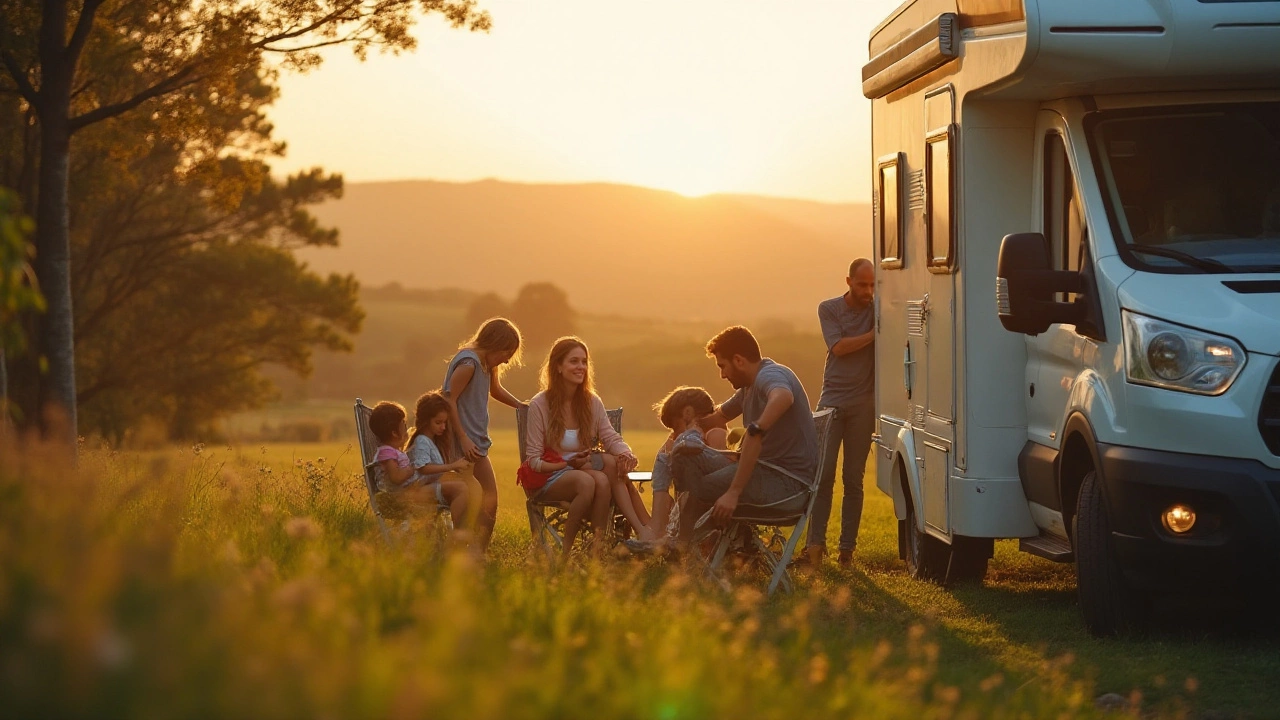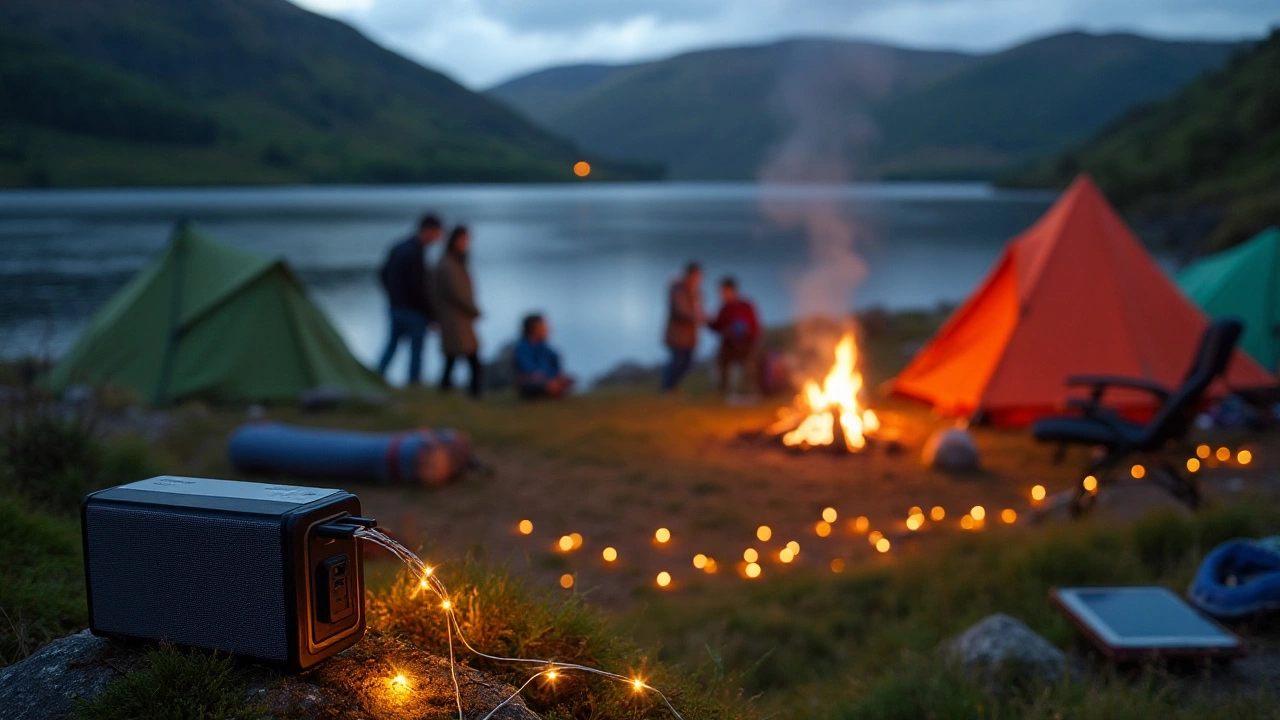Camping Gear: Power Up Your Next Trip
Running out of juice in the middle of the woods is a hassle nobody wants. Whether you’re charging a phone, powering a fridge or running a fan, a solid plan for electricity makes the difference between a comfy night and a night in the dark. Below you’ll get straight‑forward advice on using campsite hook‑ups, portable power stations and even simple solar tricks. No jargon, just the what‑you‑need‑to‑know steps to stay charged on your adventure.
Stay Connected with On‑Site Hook‑Ups
Most motorhome sites and larger campsites offer an electric plug right at your pitch. These are usually 13‑amp sockets that can run lights, a water pump or a small TV. Before you arrive, check the site’s website or call to confirm the voltage and whether any extra fees apply. Bring a sturdy, weather‑proof extension cord – a 25‑metre cord is a good length to reach the far side of a pitch without stretching.
When you plug in, start with low‑power devices first. Turn on your lights, then add a portable heater or fridge if you need it. Keep an eye on the breaker panel if the site has one; flipping a switch can reset a tripped circuit and save you from a dead outlet. If you’re using a motorhome, most have an internal fuse box that lets you monitor which circuits are drawing the most power.
Remember to turn off appliances you’re not using. A charger left on overnight can pull a few amps and slowly drain the site’s supply, especially if many neighbours are doing the same thing. Simple habits like unplugging chargers and switching off lights extend the available power for everyone.
Go Off‑Grid with Portable Power Stations
When you’re camping in a remote spot without a hook‑up, a portable power station is a game‑changer. These battery‑powered units come in sizes that can run a phone charger, a mini fridge or even a small electric stove for a few hours. Look for a model with a high‑capacity lithium‑ion battery, a pure‑sine wave inverter, and multiple output ports (USB‑C, USB‑A, 12 V DC, AC).
Before you buy, list the devices you plan to power and add up their wattage. A phone charger uses about 5 W, a LED lantern 10 W, and a compact fridge can draw 50‑70 W. A 500 Wh power station can comfortably handle a phone, lantern and fridge for a night, but you’ll need a bigger unit if you want to run a heater or microwave.
Recharge the station while you’re at a campsite that has electricity, or invest in a small solar panel kit. A 100‑W panel can refill a 500 Wh battery in around five sunny hours – perfect for a day’s stay at a wild spot. Keep the panels angled toward the sun and clear of shade for best results.
Maintenance is simple: store the battery in a cool, dry place when not in use, and avoid letting it sit completely empty for long periods. A quick top‑up every few months keeps the cells healthy and ready for the next trip.
By mixing reliable camp‑site hook‑ups with a good portable power station, you get flexibility to camp wherever you like without worrying about dead devices. Pair this with a few smart habits – like turning off unused gear and keeping cords tidy – and you’ll have a worry‑free power setup for every adventure.
Camping Power Station Guide: Do You Really Need One?
Find out if a camping power station is right for you, how to size it, compare alternatives, and get practical safety tips for hassle‑free electricity on the trail.
Essential Tips for Using Electricity While Camping
Discover how to keep your devices and appliances powered while enjoying the great outdoors. This article explores various methods to access electricity while camping, from using electric hookups at RV sites to portable generators and solar solutions. With practical tips and considerations for environmental impact, this guide helps you prepare for a comfortable and sustainable camping trip. Stay connected and make the most of your wilderness experience.
Choosing the Best Portable Power Station for Your Camping Adventures
Exploring whether a portable power station is a worthwhile investment for camping enthusiasts seeking electric hook-ups. This article dives into the convenience and benefits of portable power solutions, provides insights into functionality and longevity, and offers tips for selecting the right unit for your outdoor adventures. Whether camping in remote locations or frequented campsites, proper access to electricity can enhance your outdoor experience. Discover key considerations and the potential return on investment that portable power stations offer.


